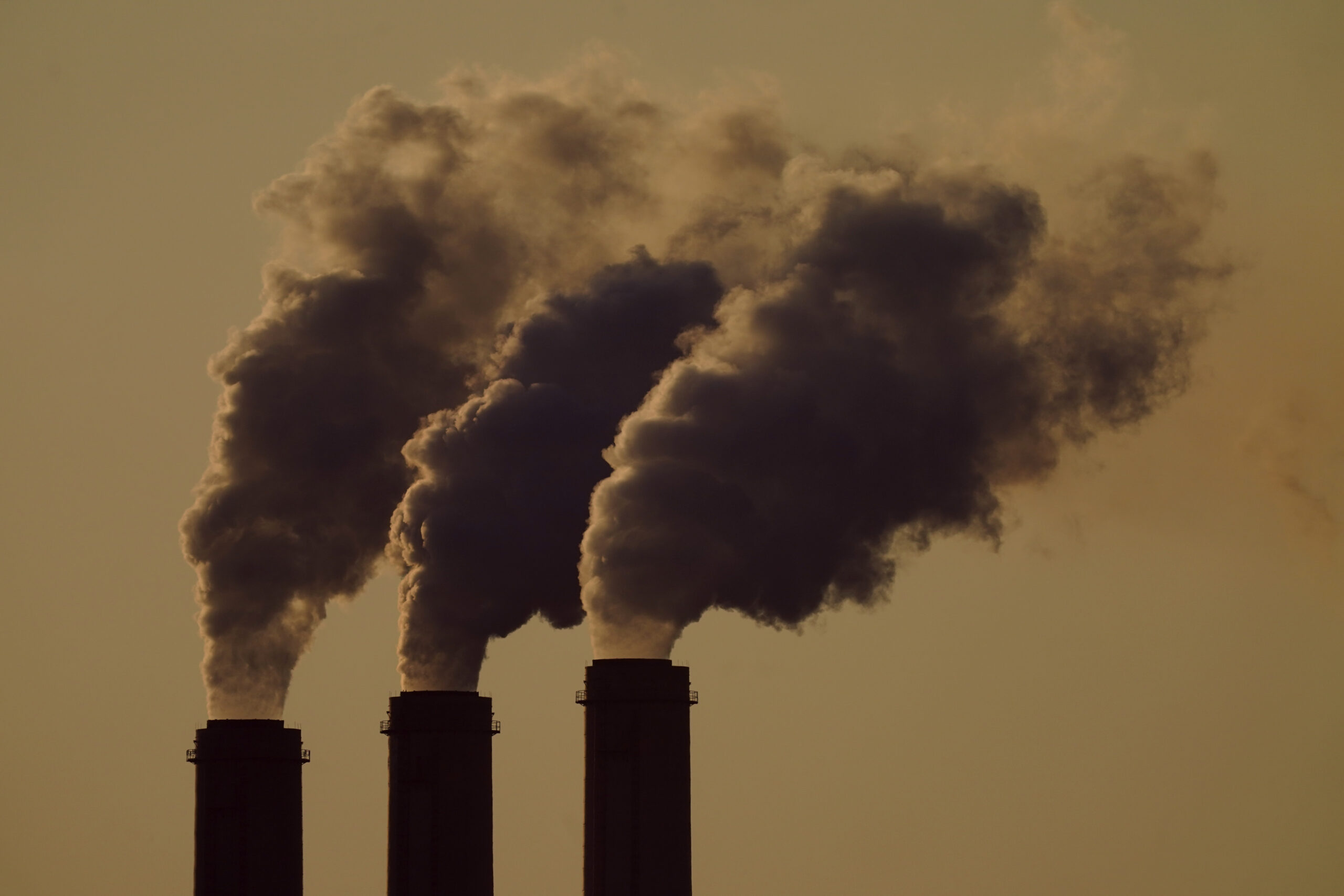Emissions rise from smokestacks at the Jeffrey Energy Center coal power plant, near Emmett, Kan., Sept. 18, 2021. AP Photo/Charlie Riedel, File
The Environmental Protection Agency will not be able to enforce a key rule limiting air pollution in nearly a dozen states while separate legal challenges proceed around the country, under a Supreme Court decision Thursday.
The EPA’s “good neighbor” rule is intended to restrict smokestack emissions from power plants and other industrial sources that burden downwind areas with smog-causing pollution.
Three energy-producing states — Ohio, Indiana and West Virginia — challenged the rule, along with the steel industry and other groups, calling it costly and ineffective.
The Supreme Court put the rule on hold while legal challenges continue, the conservative-led court’s latest blow to federal regulations.
The high court, with a 6-3 conservative majority, has increasingly reined in the powers of federal agencies, including the EPA, in recent years. The justices have restricted EPA’s authority to fight air and water pollution, including a landmark 2022 ruling that limited EPA’s authority to regulate carbon dioxide emissions from power plants that contribute to global warming.
The court is also weighing whether to overturn its 40-year-old Chevron decision, which has been the basis for upholding a wide range of regulations on public health, workplace safety and consumer protections.
A look at the good neighbor rule and the implications of the court decision.
What is the ‘good neighbor’ rule?
The EPA adopted the rule as a way to protect downwind states that receive unwanted air pollution from other states. Besides the potential health impacts from out-of-state pollution, many states face their own federal deadlines to ensure clean air.
States such as Wisconsin, New York and Connecticut said they struggle to meet federal standards and reduce harmful levels of ozone because of pollution from…
Read the full article here

Leave a Reply